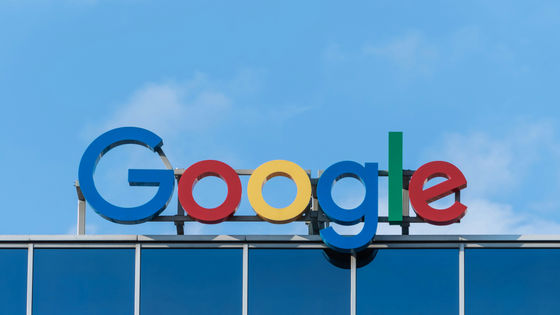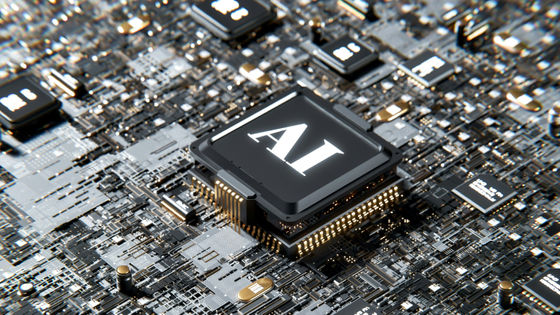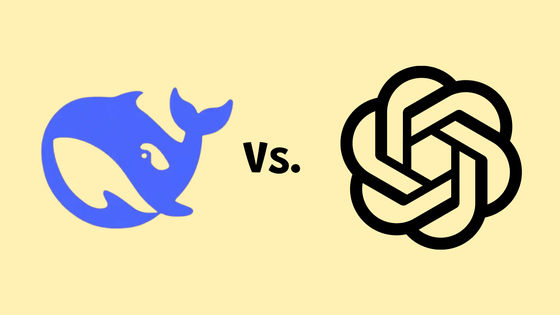The emergence of DeepSeek-R1 is considered to be 'the emergence of Google' rather than 'Sputnik Shock'.

On January 20, 2025, DeepSeek
I think the Deepseek moment is not really the Sputnik moment, but more like the Google moment.
— Yishan (@yishan) January 28, 2025
If anyone was around in ~2004, you'll know what I mean, but more on that later.
I think everyone is over-rotated on this because Deepseek came out of China. Let me try to un-rotate…
'DeepSeek-R1-Zero' and 'DeepSeek-R1' developed by DeepSeek, a Chinese AI company, use the NVIDIA H800, a chip for China that does not have access to cutting-edge GPUs due to US export restrictions, and does not have high performance. As a result of DeepSeek, which has an excellent systems department, optimizing the algorithm, it has demonstrated performance comparable to OpenAI's o1 with only one-tenth the number of GPUs of major AI companies such as OpenAI, Google, and Anthropic.
How did DeepSeek beat OpenAI's O1 at 3% of the cost? - GIGAZINE

The impact of the release of 'DeepSeek-R1-Zero' and 'DeepSeek-R1' was huge, and market participants concerned about the rise of Chinese-made AI caused NVIDIA's stock price to crash 16.9% on January 27, 2025. The company's market capitalization fell by $588.8 billion (about 91 trillion yen).
China's AI 'DeepSeek' shock causes panic selling of tech stocks, NVIDIA's market capitalization disappears by 91 trillion yen, more than doubling the previous record of crash - GIGAZINE

The release of 'DeepSeek-R1-Zero' and 'DeepSeek-R1' has been described as an 'AI version of Sputnik Shock,' in reference to the Soviet Union's world's first artificial satellite, which shocked the American scientific community. However, Wong said, 'The appearance of DeepSeek-R1 is closer to the moment Google appeared than the moment Sputnik appeared.'
According to Wong, the Soviet Union showed that Sputnik could launch satellites that the United States could not at the time, but did not release the technical details or blueprints of Sputnik. However, DeepSeek-R1 has been open-sourced, and a laboratory at the University of California, Berkeley confirmed the reproducibility of DeepSeek-R1's performance just one day after its release.
Similarly, Google went public in 2004 after filing an S-1 prospectus in which it said it would use distributed algorithms to network ordinary computers together to build a supercomputer cluster with extremely high cost-performance. At the time, tech companies typically purchased large mainframes to build supercomputers, but Google's cost-effective construction method was revolutionary.

Later, Google published papers '
With this in mind, Wong said, 'DeepSeek is a lot like the moment Google emerged. Google essentially explained what they did and taught other people how to do it. But it took a long time for Google to announce what they were doing to the public and then publish a paper showing how to do it. In contrast, DeepSeek published a paper at the same time as they announced their model.'
Wong also predicts, 'This announcement by DeepSeek doesn't mean that NVIDIA, OpenAI, Meta, Microsoft, Google, etc. are dead. DeepSeek is a powerful startup, but this happens all the time in the world of AI. In a few months, everyone will be copying DeepSeek's techniques, and the cost of inference will become cheaper.'

Related Posts:
in Software, Posted by log1r_ut





